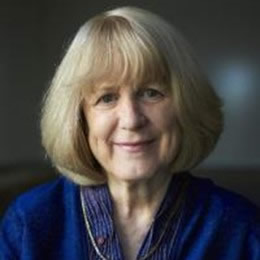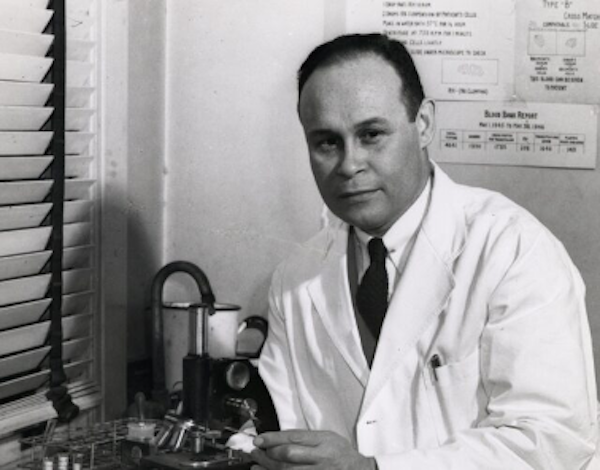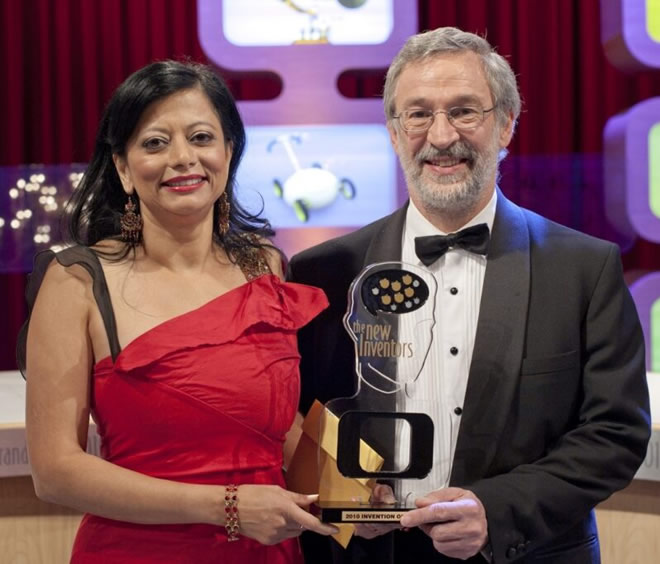
Highlights
“The diagnosis of 5 to 10% of all hereditary breast cancers is due to the isolation of BRCA1. Dr. Mary-Claire King’s methodology in identifying BRCA1 has been instrumental in studying numerous other conditions.”
Patents
- US 5,622,829: Genetic Markers for Breast, Ovarian, and Prostatic Cancer
Dr. King’s dedication to science began at a young age. When she was just 15, her childhood best friend died of cancer sparking her interest in searching for solutions to prevent and treat cancer. She received her undergraduate degree in mathematics from Carleton College, then joined a graduate program at U.C. Berkeley, where she switched her focus from mathematics to genetics. Dr. King received her doctorate in genetics in 1973, after collaborating with her advisor to demonstrate that chimpanzee and human genomes are 99% genetically identical through a comparative study of proteins.
Following a postdoctoral position at U.C. San Francisco, Dr. King accepted a position as professor of genetics at U.C. Berkeley in 1976 and remained there until accepting an appointment as the American Cancer Society Professor at the University of Washington in 1995.
In 1974, Dr. King began studying the DNA of families to determine whether breast cancer is hereditary. She spent many years focusing her research on trying to identify a genetic marker for familial breast cancer, despite skepticism among her contemporaries that cancer could be linked to genetics. In the late 80s, Dr. King’s team developed a genetic epidemiological model for breast cancer showing that there could be a major dominant gene correlated with a high degree of susceptibility to breast cancer. The team applied this model using genotyping technology to evaluate over 180 genetic markers.
In 1990, Dr. King’s team identified a genetic marker that showed promise; King’s group demonstrated that a gene on chromosome 17 was the marker they were looking for that could be linked to many inherited breast and ovarian cancers. Dr. King named the gene BRCA1 in 1991, and the gene sequence was subsequently identified in 1994. Dr. King has used BRCA1 to develop cancer screening and therapeutic procedures, including those she patented in U.S. Patent No. 5,622,829. The diagnosis of 5 to 10% of all hereditary breast cancers is due to the isolation of BRCA1. Dr. King’s methodology in identifying BRCA1 has been instrumental in the study of numerous other conditions.
Throughout her career, Dr. King has also dedicated herself to human rights work. Notably, she began working with Abuelas de Plaza de Mayo in Argentina in 1984, using dental genetics to identify missing persons. This work resulted in reuniting over 50 families. In 2016, Dr. King was awarded the National Medal of Science, a presidential honor that is the nation’s highest recognition of scientific research.
Author: Caroline L. Marsili





